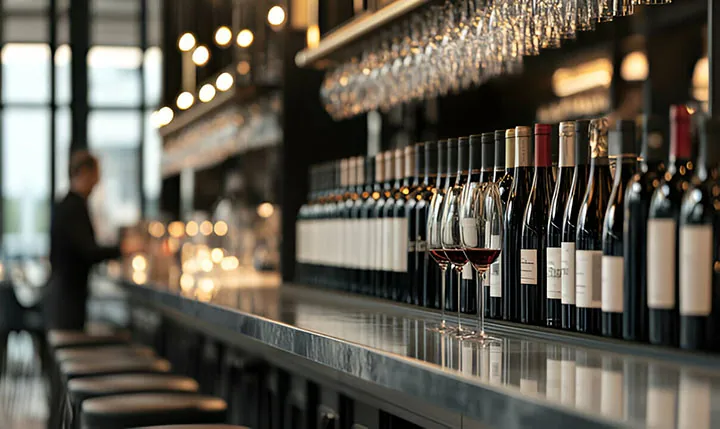A full bottling line in motion is a beautiful thing until a single mislabeled case holds everything hostage. We have seen pallets of glass arrive late, corks with the wrong logo, and — most chilling — cartons printed in centimetres instead of inches. A little planning beats a truckload of apologies, so here is a seven-step checklist to keep the wine flowing and the accountant relaxed.
1. Lock the Specification Sheet and the Partner
Half of the chaos in any run comes from vague instructions. List every variable: bottle weight, closure type, fill height, label stock, and carton details. Then choose a bottling partner who treats those details like commandments. An option like affordable contract wine bottling keeps costs predictable while offering equipment most small wineries would never buy outright. Once the spec sheet and partner are fixed, memorialize both with a version number. When someone waves a “new” file on bottling day, the version number saves the schedule from friendly sabotage.
2. Audit Every Supplier, Twice
Glass, cork, capsules, labels, boxes, pallets, tape, and shrink film all arrive from different corners of the continent. Call each vendor for lead times, then add a buffer that would impress a civil engineer. Confirm quantities, artwork approvals, and delivery dates in writing. A polite email costs less than overtime labor.
3. Map the Wine’s Journey to the Line
Determine how the final blend moves from tank to filler, including filtration, temperature adjustment, and gas management. If the tank is two buildings away and the only hose on site is 30 feet short, you will learn a memorable lesson. Walk the path, measure the runs, and stage the clamps. Every gallon should travel the fewest elbows possible.
4. Inspect Packaging Components on Arrival
Do not rely on the driver’s charming grin. Open cartons, weigh a bottle or two, and check color variation under proper lighting. Run a quick torque test on sample closures. It feels fussy, yet rejecting substandard glass before it mixes with good inventory prevents a forced relabeling party at midnight.
5. Train Everyone on the Line, Including the Visitors
Uncle Louie who “loves helping” needs a five-minute drill, same as the seasonal hires. Cover start-up routine, code dating, defect spotting, hand signals, and emergency stops. A line crew working in unison moves faster and makes fewer mistakes than a bigger crew learning on the fly.
6. Conduct a Shakedown Trial
Run fifty cases through the full sequence at normal speed. Record fill volumes, oxygen pickup, label alignment, and cork extraction force. Small variances during the trial balloon into large write-offs during the thousandth case. Adjust the filler bowl, tighten the label sensor, or swap out the dull blade while the stakes remain low.
7. Archive the Data, Celebrate the Wins
As the last pallet leaves the dock, capture production numbers, yields, downtime reasons, and quality metrics. Store torque readings, temperature logs, and photographs of perfect label placement. Future you will thank current you when the next varietal rolls around. Then gather the crew for a glass of the product they just bottled; appreciation tastes better than any bonus line item.
A smooth bottling run is rarely flashy. It feels like nothing happened, which is precisely the point. By fixing specifications early, verifying every component, and investing in a disciplined trial, we swap drama for predictable efficiency. The wine looks sharp, ships on time, and arrives in the consumer’s hand exactly as intended. That quiet success lets us focus on the next vintage rather than the last crisis.

